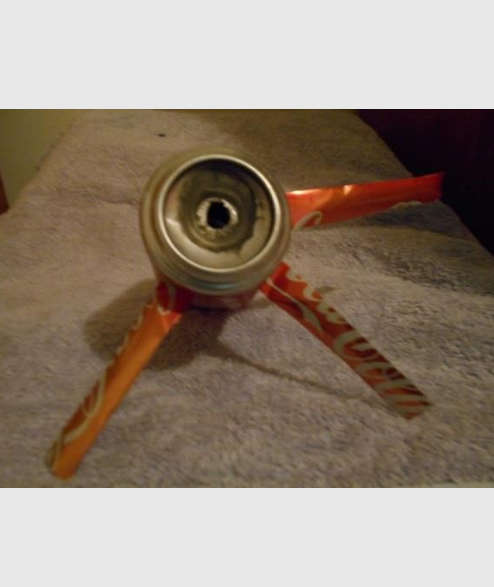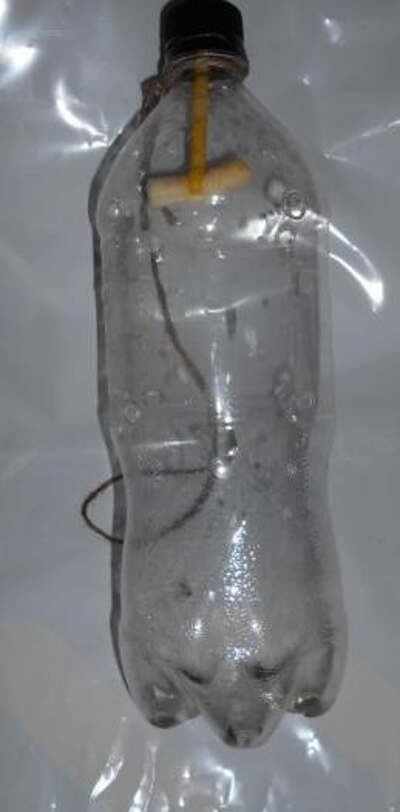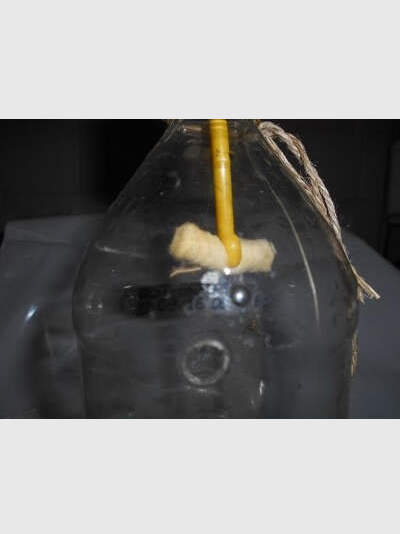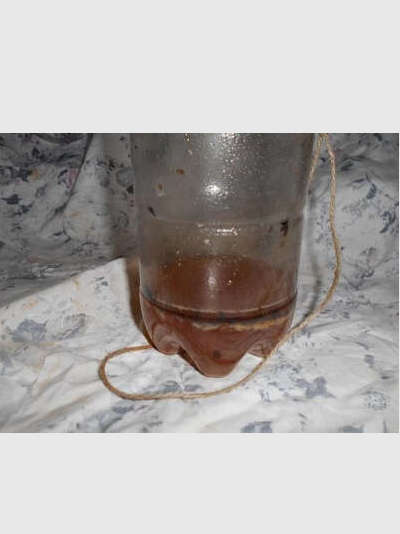Once upon a time the 3 R’s were; reading; ‘riting and ‘rithmatic. Now we have Reduce, Reuse and Recycle. However of the modern 3 R’s only Recycle is spoken about. Why? We all know if we are to save the earth’s resources we must recycle metals, paper and plastics. So dutifully we fill our recycle bins and think no more about it. For those who are interested visit your local dump’s transfer station, everything you see there is NOT going into landfill and will one day be new products of some sort. Such as the compost bins below made from 100% recycled plastic.


As gardeners many of us also already understand the concept of Reduce. Reducing the amount of material that will go into landfill, by not buying fruit, vegetables, flowers which are wrapped in types of plastic that is not recycled. Have a look at the recycle bin; mine specifically says no plastic bags. Some commercial outlets charged for plastic bags, at least for a while, that scheme disappeared quickly. Reusable bags are good but remember they too are plastic and one day must be disposed of. Only consumers can change this by not accepting what is offered.
This brings me to the main point of this article. Reuse. Once we have consumed/used the product we purchased we are left with a container/package, which is most likely recyclable, but is also REUSABLE.
Ice Cream Container Shades
You don’t eat ice cream?! Not to worry someone you know will have these in abundance. Now besides being a general long lasting container, what else can it be used for? They can be made into a useful seedling shade, which is virtually indestructible.


The first photo above shows the containers cut-outs; these have been in use for some time. The right hand side shows them in use, a stone on top stops them blowing away. They allow free flow of air, heavy rain or watering cannot flatten the seedling and the worst of the midday sun cannot burn them. Eventually seedlings are big enough to survive without them.
Although I have slugs and snails around this area, they don’t shelter under these. Unfortunately they will not prevent caterpillars from finding your seedlings.
Measuring Stick
All seed packets provide information about distance between rows and plants. Do you use a ruler or tape or perhaps guesstimate?


Above: Photo shows measuring distance between rows (left) distance between seeds (right)
The wood is left over moulding used to finish room corners. It is 15mm square and 70cm long. Why? That is what I had available. Then it is a simple matter to cut grooves every 10cm, I also added one cut at 15 cm. The grooves are cut on all sides and one side has the numbers added for easy reference. This can also be used to measure the depth of holes dug for plants or posts.
The numbers were added using a wood burning tool, which makes them indelible. One end is painted white because, it has been dipped in paint at one time.

Buckets
How much does the average householder spend on plastic buckets in a year? Plastic buckets that cost between 50c and $1 will not last for long if hard used and what bucket isn’t? Of course you can spend more and buy better quality, but if buckets didn’t split or have the handle fall off, the manufacturer wouldn’t have many resales.


Of course the buckets above aren’t really indestructible, but they come close to it, they will do what any other bucket will do and more.
For a start the capacity is approximately 20 litres, made from a bottle of the same capacity, they are made of a thick plastic that is made to resist the effects of all liquids used in them. They can be refilled and have a removable bung that allows the fitting of a small tap.
The handle is home made from heavy wire and old garden hose, the handle must be fitted as shown, as the base is moulded in a “U” shape cross section. This base is easily gripped when pouring or tipping the contents of the bucket, if the handle is fitted in the same plane, do it the other way and see how unhandy they are.
Some of these bottles are reused, but being constantly stacked they can develop splits in the tops and are discarded; others are once used only, so there are lot available that will be suitable.
Types of bottles not suitable are ones that once contained farm poisons and industrial chemicals. Look for ones that once contained detergents or disinfectant. Wash out thoroughly even so, many of these are strong concentrates. If there is no label left you don’t know what it once held, pass it by.
Bird Dispersers
I like birds in my garden; they do a lot of good things, such as pest destruction and some pollination. But there are many parrot species who think that taking all my fruit is a fair thing.
Obviously I needed something that would discourage parrots, but not harm them, all native species are protected. I tried bird nets, which didn’t entirely solve the problem, are difficult to negotiate when picking fruit, being a home garden I don’t want it all at once and removing at the end of season is a nightmare.
I was losing a great deal of fruit, many of which were bitten once then left. What to do?
It had to be cheap, it had to repeatable, it had to be effective, easy to assemble and remove.
If every picture is worth a thousand words, here’s 10000 words worth:










The photos above are the solution to the problem. Begin with two aluminium beverage cans, which someone else will supply for free. Cut the top from one, snap off tabs and place inside whole can. Cut can to form blades. Fold out blades, fit cans together. Give blades a slight twist, like propeller blades. Drill holes in both ends. Fit length of wire, drill hole in stake fit wire and spinner.
This will spin in the wind, rattle, reflect light and move with wind if the fit in the stake is loose enough. All the things that will disturb birds and encourage them to go elsewhere. The first season I tried this losses fell dramatically. Birds however will get used to anything, the time to put them out is just prior to the fruit starting to colour. I had to surround my trees initially as the parrots were used to coming to my garden. I use less spinners now maybe only one or two per tree, instead of the previous four.
The last photograph shows that these will not last forever, centripetal force tears them apart. Incidentally if the two parts separate a little glue will solve the problem. These are quite noisy so consider your neighbours, make some for them.
What if the wind doesn’t blow? Back to running around with a broom to chase the birds.
Plant Markers
Although I often plant rows of seeds sometimes I don’t want a row. I plant a few seeds for a few plants in an odd space or raise seedlings in the ground for later transplanting. If there is no order to the planting, how will I know where they are, didn’t I have some seeds here or was it over there? Obviously a marker of some sort, which are readily available in garden centres, but the whole point of this article is to reuse what we already have and perhaps in ways that aren’t immediately obvious.
.jpg)
.jpg)
.jpg)

Above: Garden Seedling Markers
What I wanted was just a few broccoli plants in an odd space. The markers I have are the bases of disused micro jet sprinklers and the bases of a now defunct garden lighting system.
The photo shows the size of these objects, they are easily placed and removed. They don’t have to be perfect to still be useful and they are reusable.
Dibbles
A Dibble or Dibber is essentially a sharpened stick for poking holes in the ground to receive a seed, seedling, bulb or tuber. The one here was made from a broken axe handle for the purpose of planting Leeks which need a hole to grow in to whiten part of the plant.
A broken digging fork handle will do as well, who hasn’t had a digging fork handle break? Cut, shape and oil, this one is 62cm so it saves a lot of bending. I may make a longer one when I find something that I can reuse.

Above: Axe Handle Dibble
Fruit Fly & Insect Traps
Considering the area I live in the Queensland fruit fly is a major pest. QFF will sting tomatoes, capsicums and any type of tree fruit. The original solution was to spray with dimethoate, which is not allowed to home gardeners any more. Those of us who wish to keep our food supply as clean as possible would avoid that anyway.
The older style of control was to have attractants to dispose of fruit flies. A female fruit fly will not sting, fruit if her eggs are not fertilised. Attractants interfere with the QFF’s life cylcle. The Male is attracted to the trap and poisoned. Commercially made traps come with a poison attractant infused in wick. These can be bought as refills for a trap, but cannot be left in the open. So we make our own trap.


Above: 1.25 litre beverage bottle (left), Completed trap (right)


Above: Details of homemade trap
The cap of the bottle has been drilled and the lure wick inserted and sealed with hot glue. The whole assembly is easily inserted into the bottle and sealed down. There has to be a way for fruit fly's to enter, I melted four whole opposing holes near the top and another four near the middle, all are about 8mm in diameter.
The replacement wicks are much cheaper than buying a whole trap assembly, especially when it is so easy to make from what is already available and just as effective.


Above: Pest traps and attractent
With this type of trap, you have to brew your own attractant, this one is gravy mix and water. Try to tailor the contents to the target pests taste.
Conclusion
I hope you find these ideas useful and an encouragement to find other things that will save you time and money.
Be Happy – Be a Gardener!
Article and photos by Gregg Jacobson





